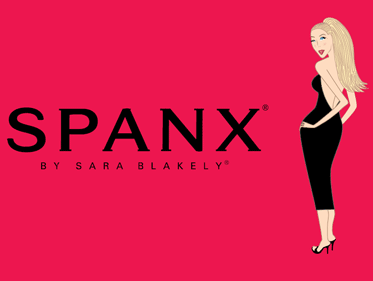Qualified retirement plans are deferred employee compensation plans that allow the employee to delay receiving earned wages and income until a later date so that the money may be invested and the individual can pay less taxes for that year.
Usually the employer deducts contributions to a qualified retirement plan on behalf of employees who are eligible and claims it as a business expense. In return the employee does not have to pay taxes on the plan until retirement. Although, these types of plans are generally administered and set up by an employer an employee or self-employed person can also set one up through the auspices of a bank or other financial institution.
Typically, the employer keeps the earned wage and income in a special fund until the employee retired or leaves the company or organization. Examples of qualified retirement plans include 401(k) plans, profit-sharing plans, IRAs and other deferred earnings saving plans that are approved by the codes set up by the Internal Revenue Service.
There are many kinds of qualified retirement plans to explore as an investment option and/or tax deferral option. Examples of qualified retirement plans include 401 k funds, Roth funds, IRAs and profit-sharing plans. However no matter what form your qualified retirement plan takes, the meaning of having one is to help you enjoy some tax privileges during your working years.
The most common form is the pension fund which affords the employee tax privileges while working. In return, the employee is not liable to have to pay taxes until withdrawing the money at retirement.
Profit sharing plans are another common type of qualified retirement plan. Just as is true with a pension plan, employee contributions are placed into the plan on behalf of employees that are deemed eligible for participation in the plan by the company. This may mean that the participant may have had to work a certain number of months at the company.
How much tax the employee has to pay for withdrawing from a qualified retirement plan can depend on tax structures in effect at the time of withdrawal and the total amount of income that was generated by the retired employee.
Individuals that are self-employed or who want to establish additional financial security for their future can also set up an Individual Retirement Plan. This is also known as an Ira and it allows the individual to deposit a certain amount of income into a plan and then be spare the tax liability for that particular year. As with employer-sponsored plans, taxes are paid when withdrawals take place.




